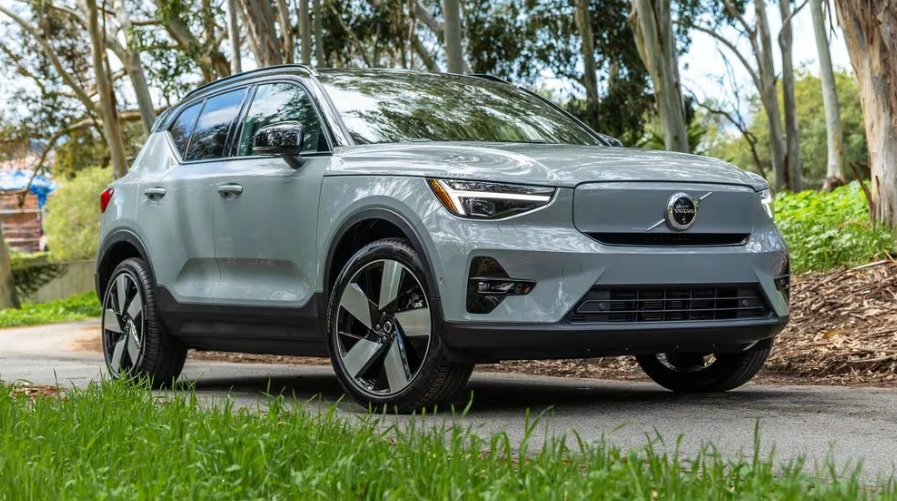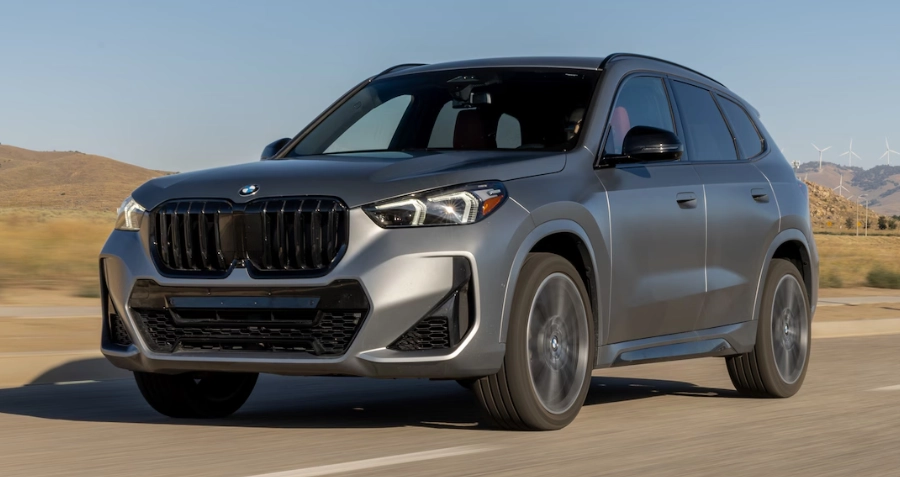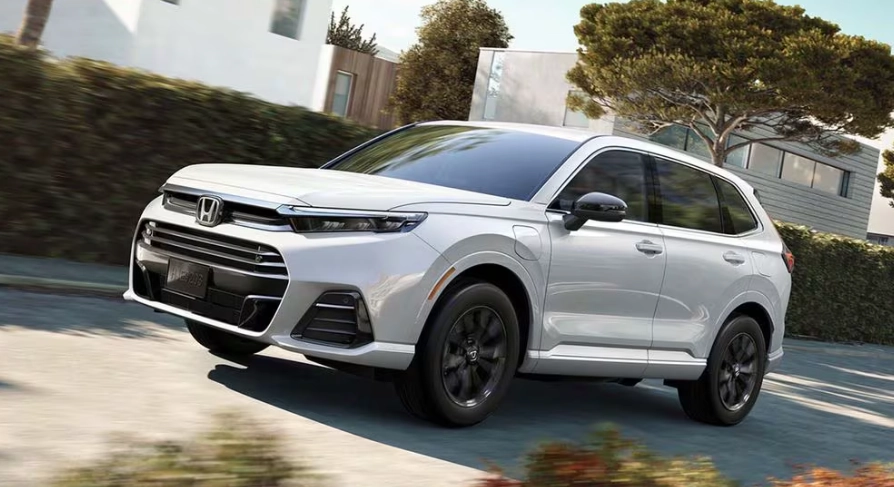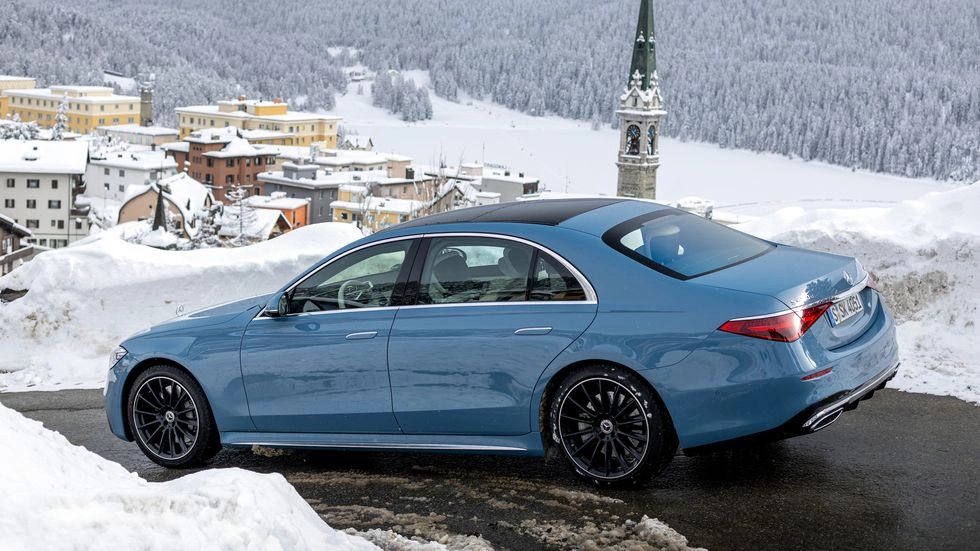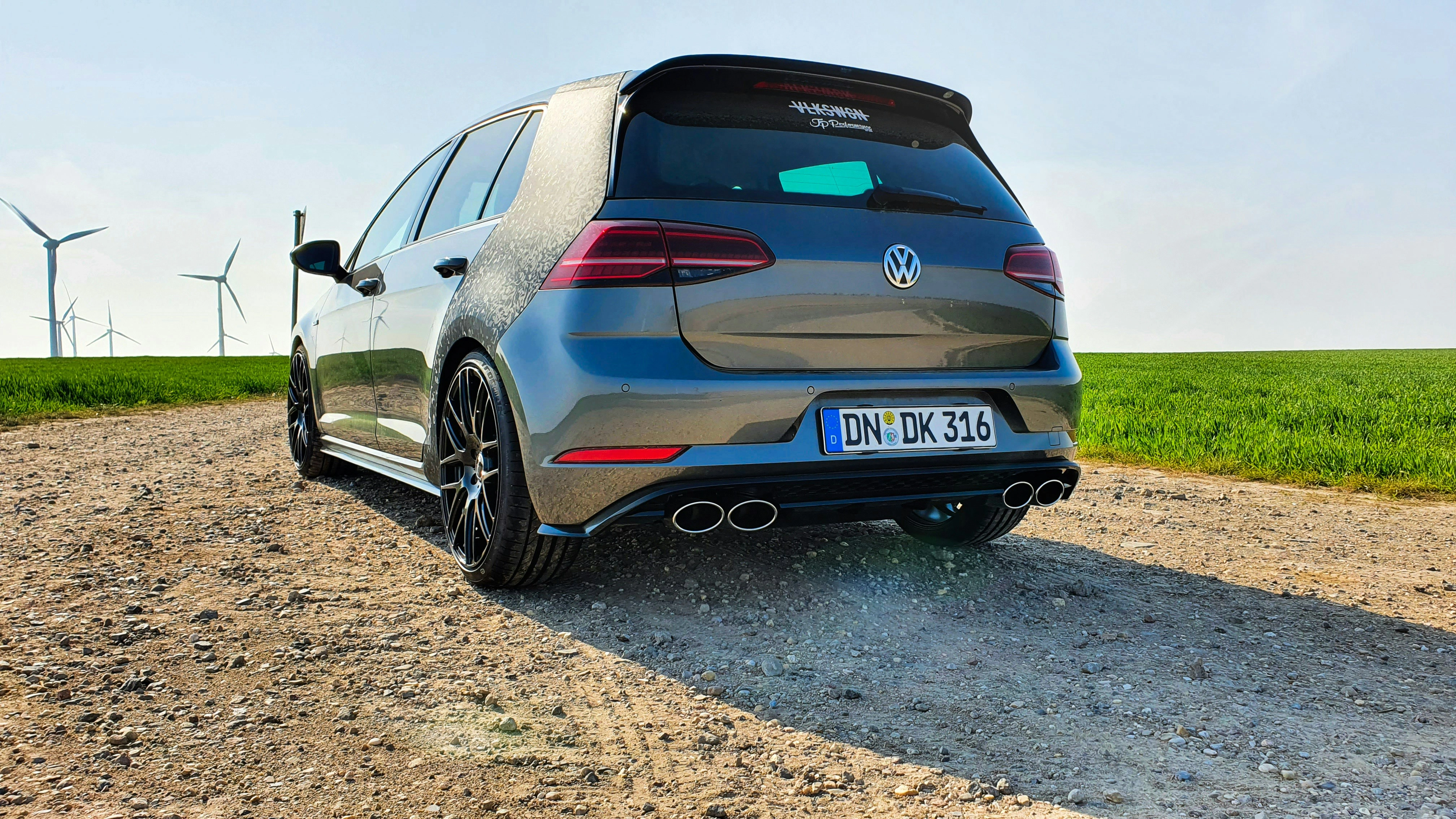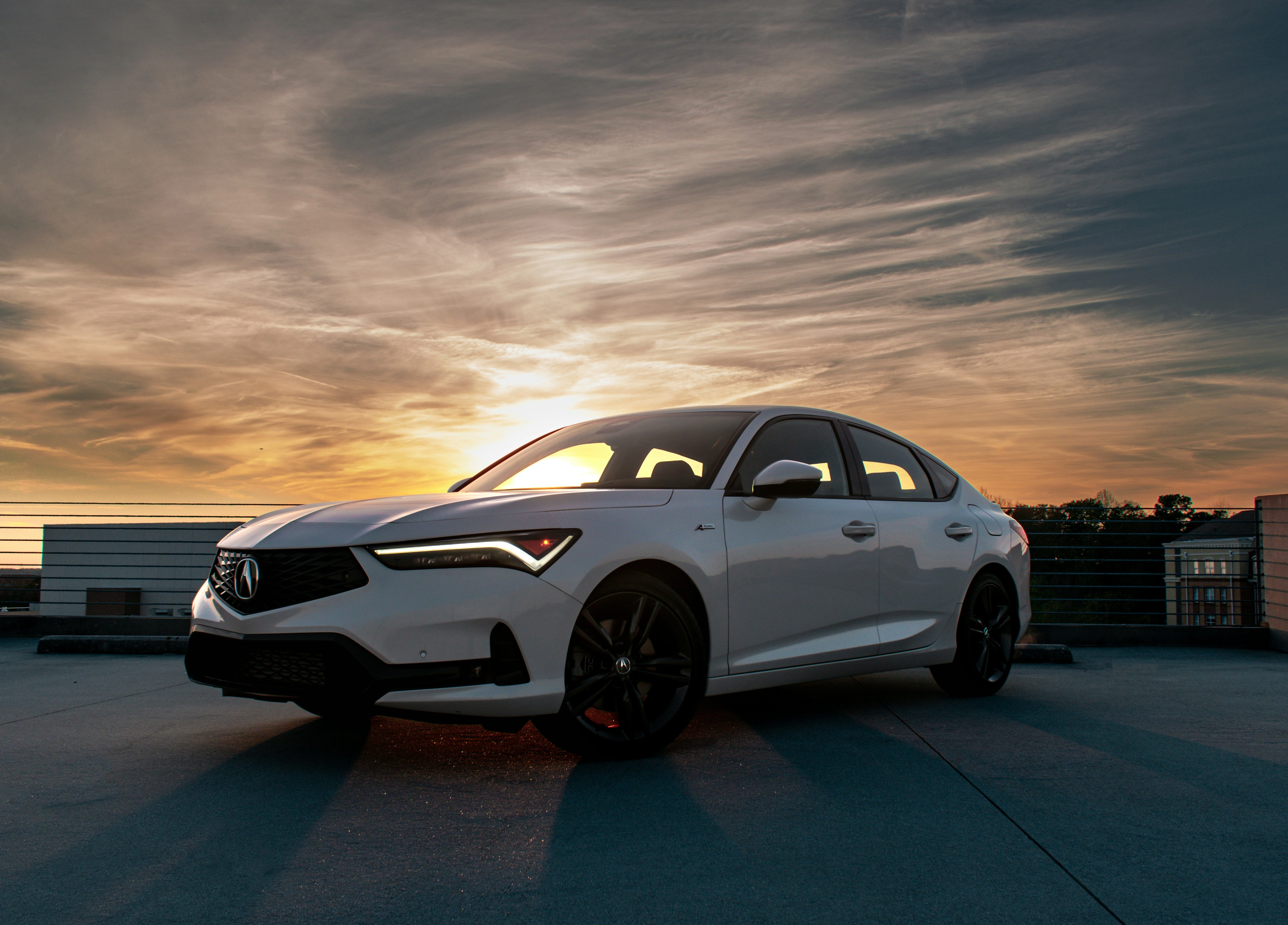From Bland to Bold: The 1993 Mazda MX-6 Sheds Its Skin
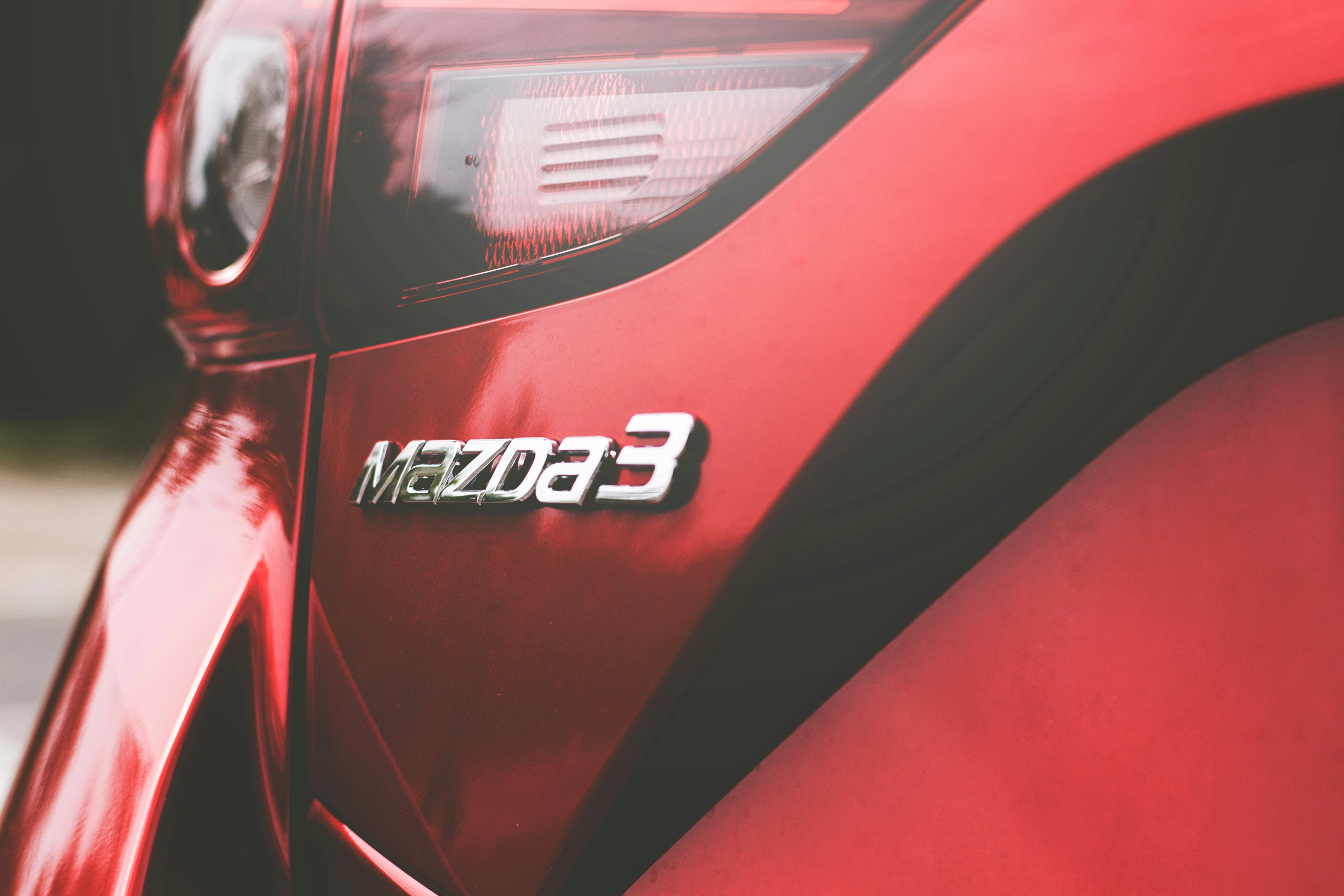
Introduction to the 1993 Mazda MX-6
The automotive landscape of the early '90s was characterized by a shift towards more aggressive styling and performance-oriented designs. One car that exemplified this transformation was the 1993 Mazda MX-6. Known for its sleek silhouette and sporty performance, the MX-6 managed to transcend its predecessor's understated design, morphing from bland to bold in the process. This article dives into the design evolution, performance enhancements, and the lasting impact of the 1993 Mazda MX-6 on the automotive world.
A Design Revolution
The 1993 Mazda MX-6 was a product of the early '90s design philosophy that favored aerodynamics and sportiness over the boxy shapes of the '80s. The first-generation MX-6, introduced in 1988, had a more conservative appearance, which appealed to a different market segment. However, by the time the second generation rolled around, Mazda was ready to make a statement.
The 1993 model featured a more aggressive front end, with sharp lines and a decidedly sporty demeanor. The long hood and short rear deck gave the car a coupe-like profile, which was complemented by a sloping roofline. The headlights were redesigned to be more elongated and integrated into the overall body, providing a modern touch. The bold design elements extended to the rear, where the taillights were also updated to match the aggressive styling of the front.
Performance Enhancements
Beyond its striking appearance, the 1993 Mazda MX-6 was equipped with performance enhancements that set it apart from its predecessors. Under the hood, buyers had the option of a 2.0-liter four-cylinder engine or a more powerful 2.5-liter V6. The four-cylinder engine produced a respectable 130 horsepower, while the V6 variant cranked out an impressive 164 horsepower.
This powertrain provided a lively driving experience, making the MX-6 a fun vehicle to drive. The car's lightweight construction and responsive handling made it feel nimble on the road, allowing drivers to navigate twists and turns with confidence. The suspension system was tuned for sport, further enhancing the driving dynamics.
Interior Comfort and Features
The interior of the 1993 Mazda MX-6 was designed to complement its bold exterior. It offered a driver-focused cockpit with high-quality materials and ergonomic controls. While the MX-6 was a sporty coupe, it didn’t compromise on comfort. The seats were supportive, and the cabin was spacious enough for both driver and passengers.
In terms of technology, the MX-6 came equipped with features that were considered advanced for its time. Buyers could opt for an audio system with a CD player, a rarity back in the early '90s. Air conditioning, power windows, and keyless entry were also available, further enhancing the car's appeal to a wider audience.
The MX-6 and Market Impact
The 1993 Mazda MX-6 was not just a car; it was a statement about what compact coupes could be. Its bold design and performance-oriented features helped it carve out a niche in a competitive market. While it faced competition from other sporty coupes like the Honda Prelude and Nissan 240SX, the MX-6 distinguished itself with its unique blend of style and performance.
Moreover, the MX-6 was part of a broader trend in the automotive industry during the '90s, where manufacturers began to focus on creating vehicles that appealed to younger buyers. The MX-6's design and performance made it a desirable option for those looking for something that was both fun to drive and visually appealing.
The Legacy of the 1993 Mazda MX-6
Today, the 1993 Mazda MX-6 is remembered fondly by enthusiasts and collectors alike. Its transformation from a bland predecessor to a bold, sporty coupe marked a turning point for Mazda, showcasing the brand's ability to innovate and adapt to changing consumer tastes. As a result, the MX-6 became a part of Mazda's rich history, representing a time when the company was focused on delivering vehicles that combined performance, style, and practicality.
In the years that followed, the MX-6 saw a decline in production, eventually being phased out in 1997. However, its legacy lives on in the hearts of car enthusiasts who appreciate the blend of performance and design that it offered. The MX-6 remains a symbol of the '90s automotive era, reminding us of a time when cars were designed not just for utility but for passion and excitement.
Conclusion
The 1993 Mazda MX-6 is a prime example of how a car can evolve from bland to bold. With its striking design, performance enhancements, and comfortable interior, it captured the spirit of the early '90s and left a lasting impact on the automotive industry. Whether you're a longtime fan of Mazda or someone who appreciates well-designed sports coupes, the MX-6 stands as a testament to the innovation and creativity that defined an era of automotive excellence.
